 Irene Nemirovsky began working on Suite Francaise on the eve of German occupation in Paris. She wrote the two books that form the novel in the shadow cast by menacing circumstances. For over 60 years after her death at concentration camp in Auschwitz, manuscripts of the work in progress novellas remained unknown. As the translator has noted deferentially, had she survived, Nemirovsky would certainly make revisions to the drafts, which afford a photo-sharp, perceptive and true-to-life vision in an emotionally detached voice owing to her experience.
Irene Nemirovsky began working on Suite Francaise on the eve of German occupation in Paris. She wrote the two books that form the novel in the shadow cast by menacing circumstances. For over 60 years after her death at concentration camp in Auschwitz, manuscripts of the work in progress novellas remained unknown. As the translator has noted deferentially, had she survived, Nemirovsky would certainly make revisions to the drafts, which afford a photo-sharp, perceptive and true-to-life vision in an emotionally detached voice owing to her experience.
The first book is titled Storm in June, which set in Paris, in 1940 and satirizes the incipient indifference, self-deceit, and disbelief, and captures the panic, flustering, to the flummoxed massive exodus of the Parisians, who were dogged by misfortune. Her alert eye is unrelenting in ridiculing the human folly that manifested in every imaginable way. So naive were those who were educated and socially privileged, thinking they would share hold on to their wealth and jobs; so disgusting were the rich and elite who refuse to dismantle their sense of social supremacy under such exigency. So pathetic are these people who had no more common sense than animals, for even animals can sense danger.Her sharp observation confirms war’s indiscriminate nature–it encroaches all age, status, and faith.
The style echoes Chekov–so brimming with the fullness of humanity and yet refraining from any sentiment. She’s not so much concerned at telling us what these evacuees look like as letting the extreme circumstances reveal their inner turmoil. Tension mounted as the narrative following various households progresses. That people who were normally calm and controlled were overwhelmed by anxiety and fear marked the slow crumbling, sliding descent of an entire society into catastrophic disorder. Panic obliterated everything that wasn’t animal instinct Storm in June. The sadness seething from the writing is one that had nothing human about it any more, for it lacked both courage and hope, like someone waiting disquietly for the end, with a heightened sense of the remaining time.
The second story, Dolce, takes place in a village town Bussy deep in the countryside after the Germans had marched into Paris. A regiment of German soldiers were billeted into French households in which not only did the enemy not do any harm but also cultivated humane relationship with the French people. This fragment is subtly linked to the first through ribbons of memory in which the villagers had embraced the urban refugees with kindness. The narrative focuses on the Angellier House in which any topic of conversation between the elder Madame Angellier and her plantive daughter-in-law was like thorn bush that they, if not dodged one another, had to use caution. Bound by an unhappy marriage that was out of her will, Lucile scornfully took a blind eye to her husband’s affair.
Nemirovsky surprisingly takes a turn to portray humanity and vulnerability of the enemy, one Lieutenant Bruno von Falk who stationed with the Angellier. Despite the old lady regarded him the personification of cruelty, perversity, and hatred, Lucile felt a kind of warmth in her soul she’d never felt before. This warmth ironically consoled her all of mother-in-law’s snapping, carping and snarling at her. The extreme circumstances had thrown her and the lieutenant together, evoking something indestructible. Their mind’s eyes could see through the troubled heart which can be comprehended only when one looked back in life. The enemy is no more than a human being–who is looking for happiness, the unhampered development of his abilities, the fruition of dreams–all justifiable desires that were constantly thwarted by certain selfish national interests called war.
The message of Suite Francaise is limpid: War is the culprit, the universal evil that wreaks havoc. Those who are involved in warfare are nothing more than a pawn who is stripped of their humanity.
Filed under: Books, Literature |














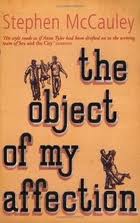





















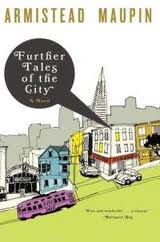






















































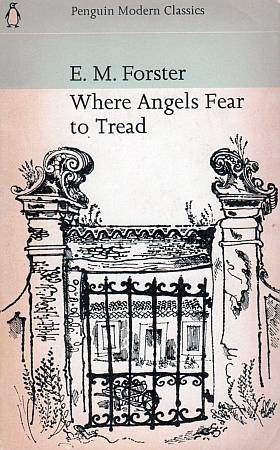















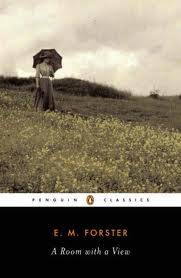








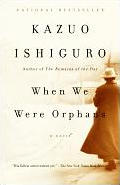

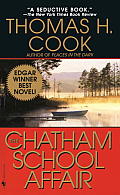




















































































































































She definitely has a keen eye for humanity and the folly people show at the imminence of danger. It’s a very closely observed piece of writing. Although she didn’t live to complete, revise and see it published, I consider it very fortunate that the manuscripts get to see light again.
I’m really looking forward to reading this. It has been on my pile for a while now!
I enjoyed reading your review. I still can’t believe the backstory of the novel.
Great review. I really loved this book.
[…] releasing new translations of Irène Némirovsky’s other works after the thumping success of Suite Francaise. Browsing through Kinokuniya in Kuala Lumpur, I was excited to have found David Golder and La Bal, […]
[…] commodities, the morose insistence on imagining the worst—evokes Irène Némirovsky’s Suite Francaise. Lawlessness and self-extermination seem to be the only choices. Kate Zweig, an Englishwoman by […]
[…] much of attention anywhere. Other memorable titles include A Tale of Two Cities by Charles Dickens, Suite Francaise by Irene Nemirovsky, and The Boy in the Striped Pajamas by John […]
[…] A Guy’s Moleskine Notebook […]